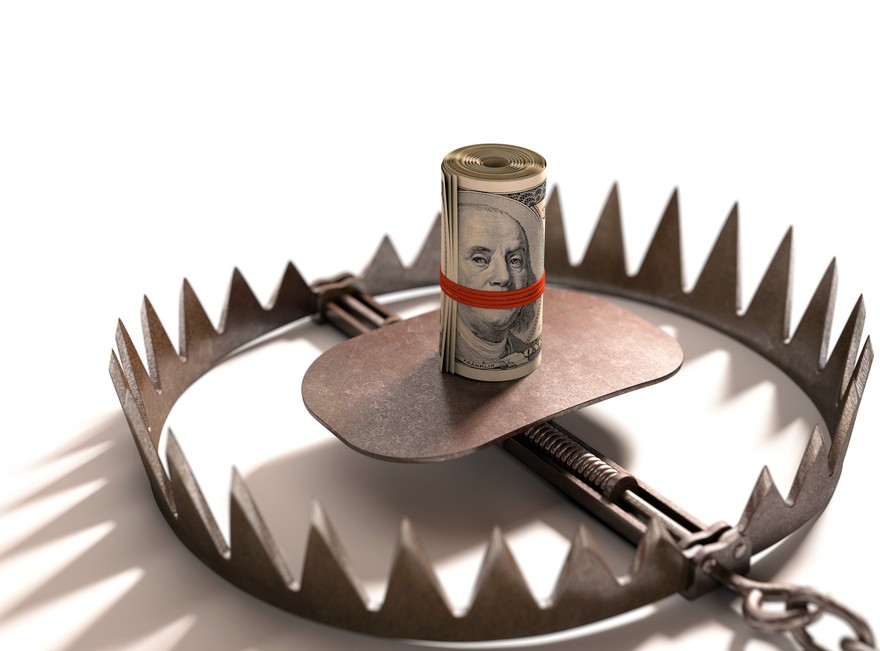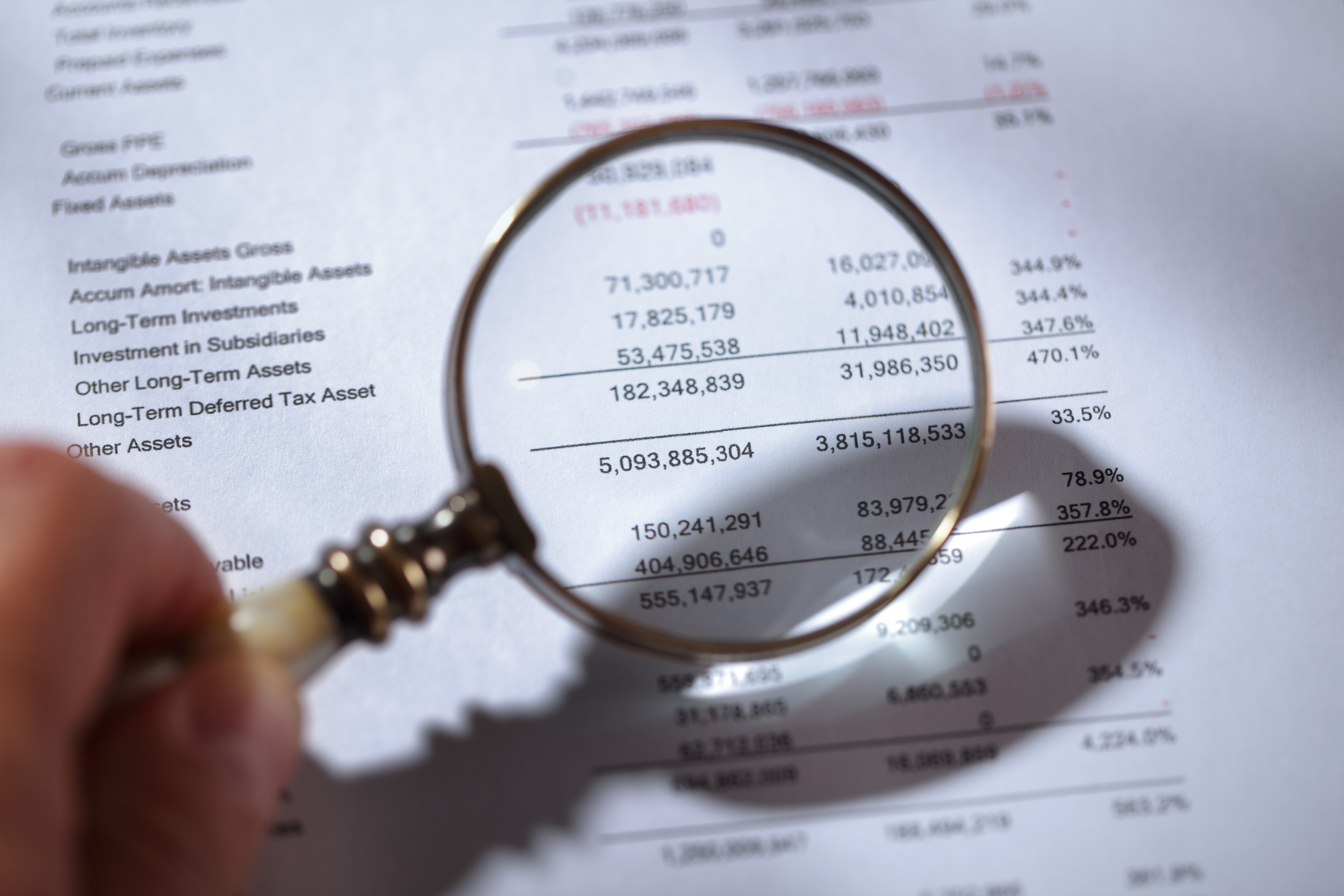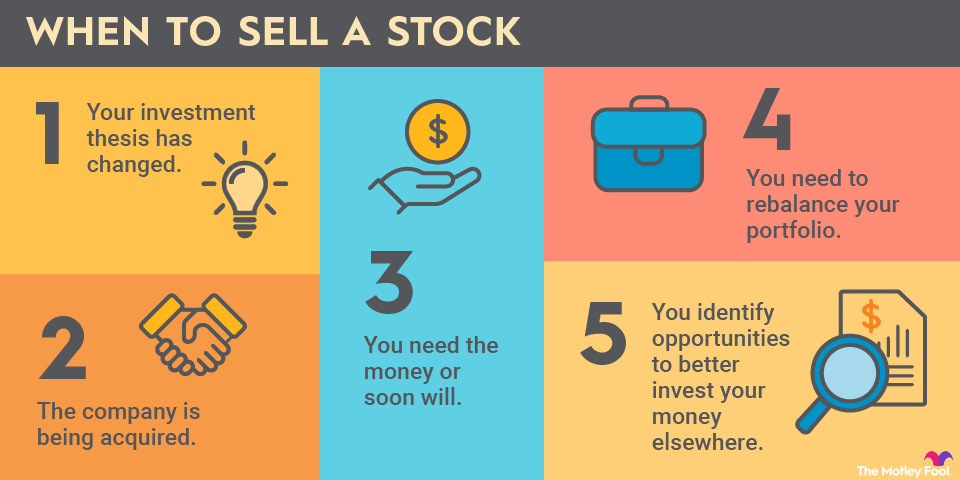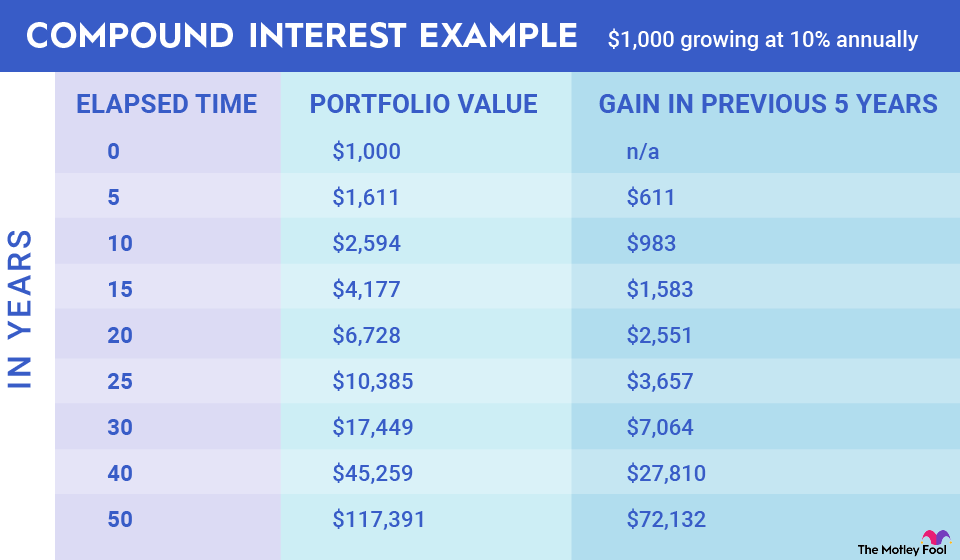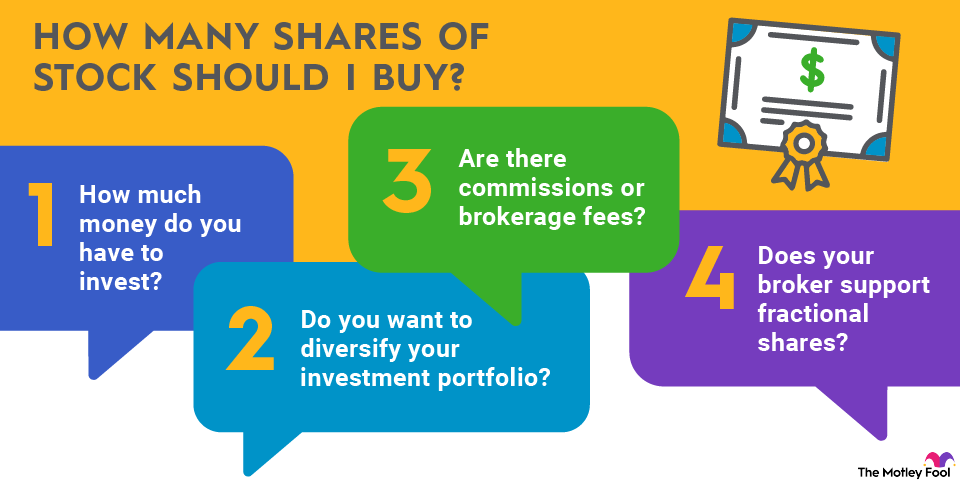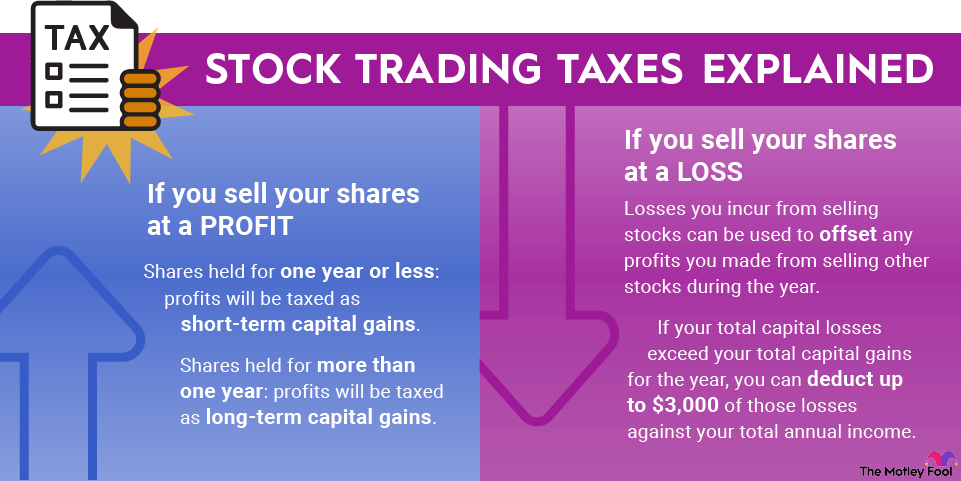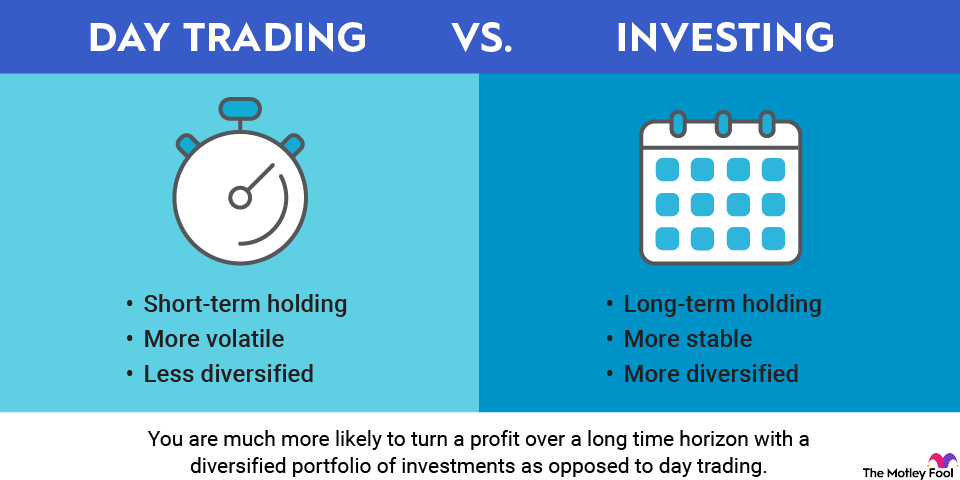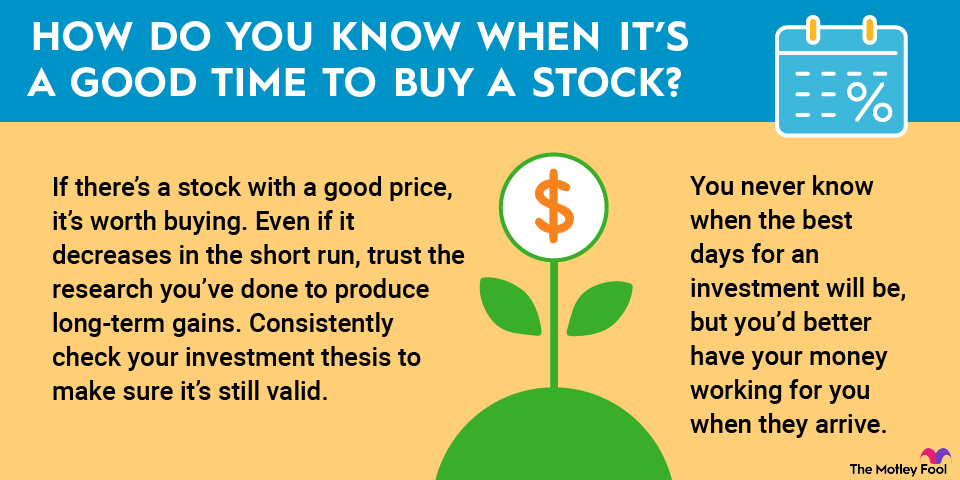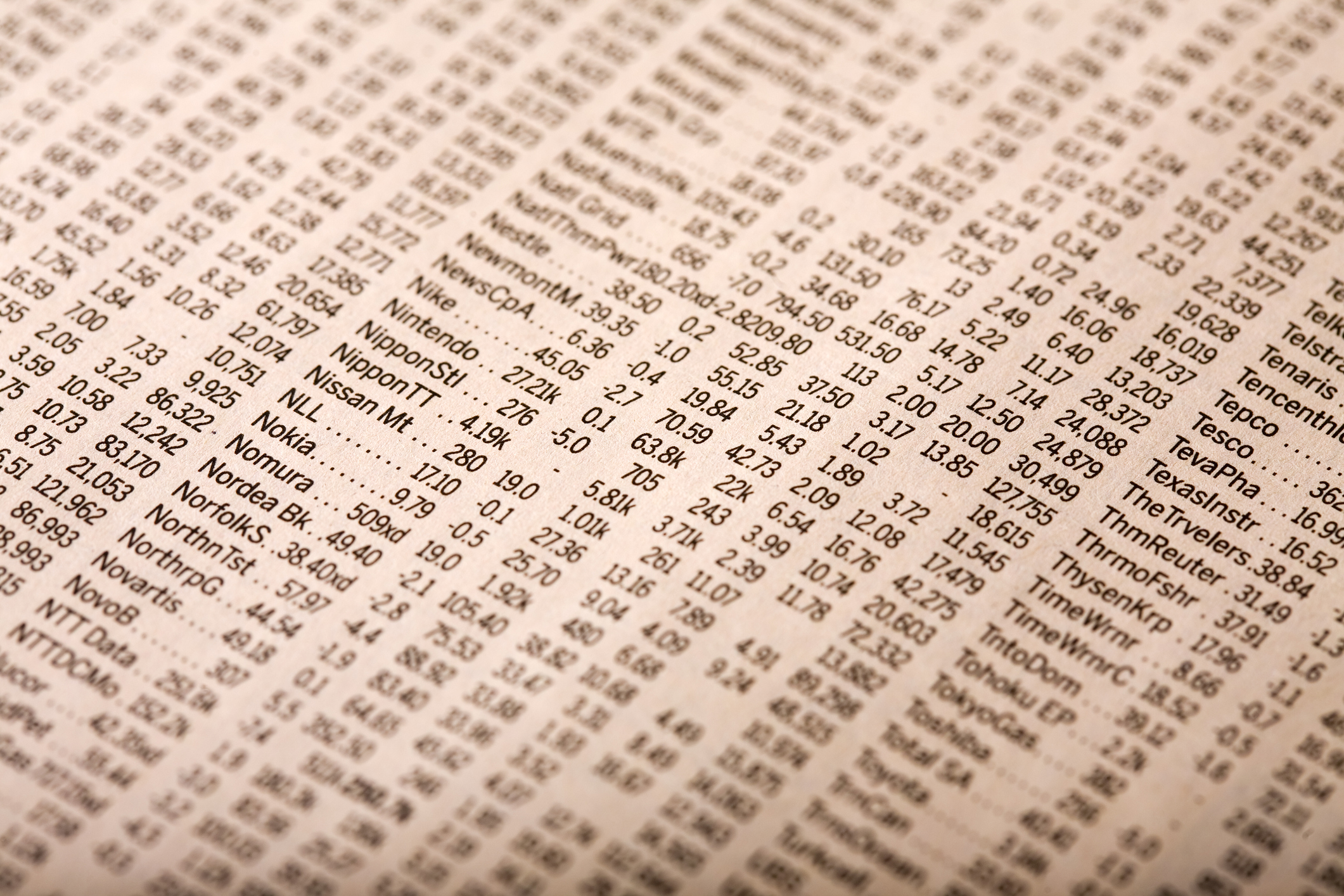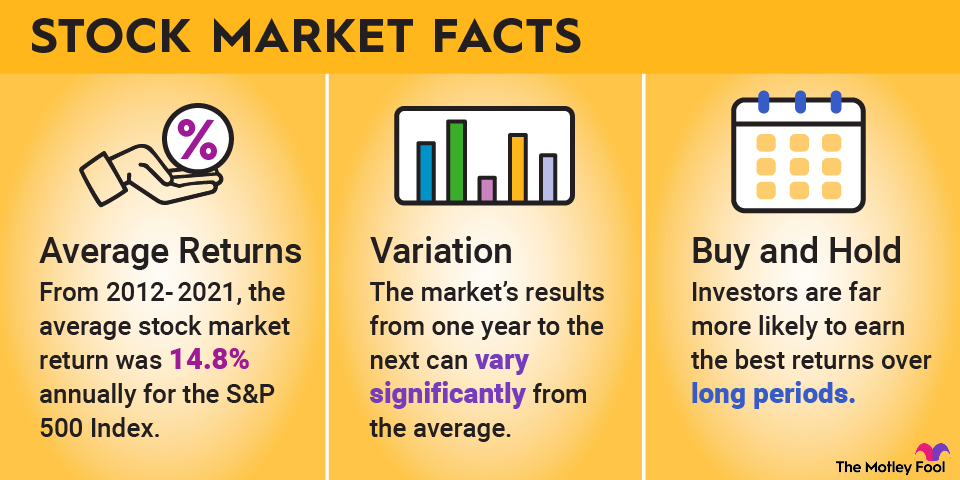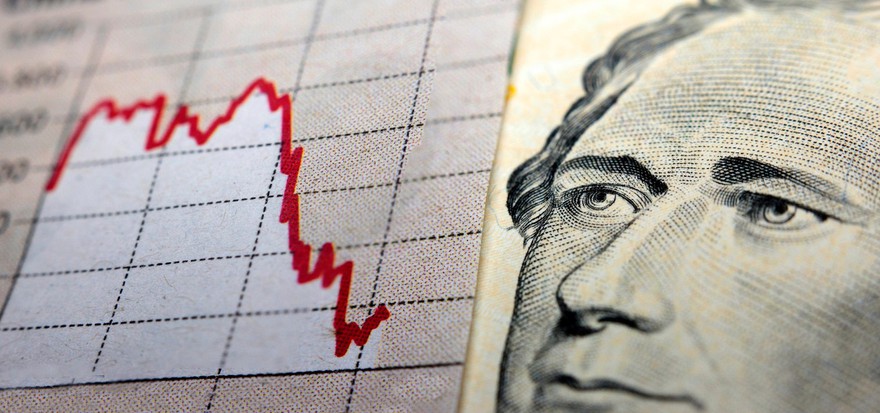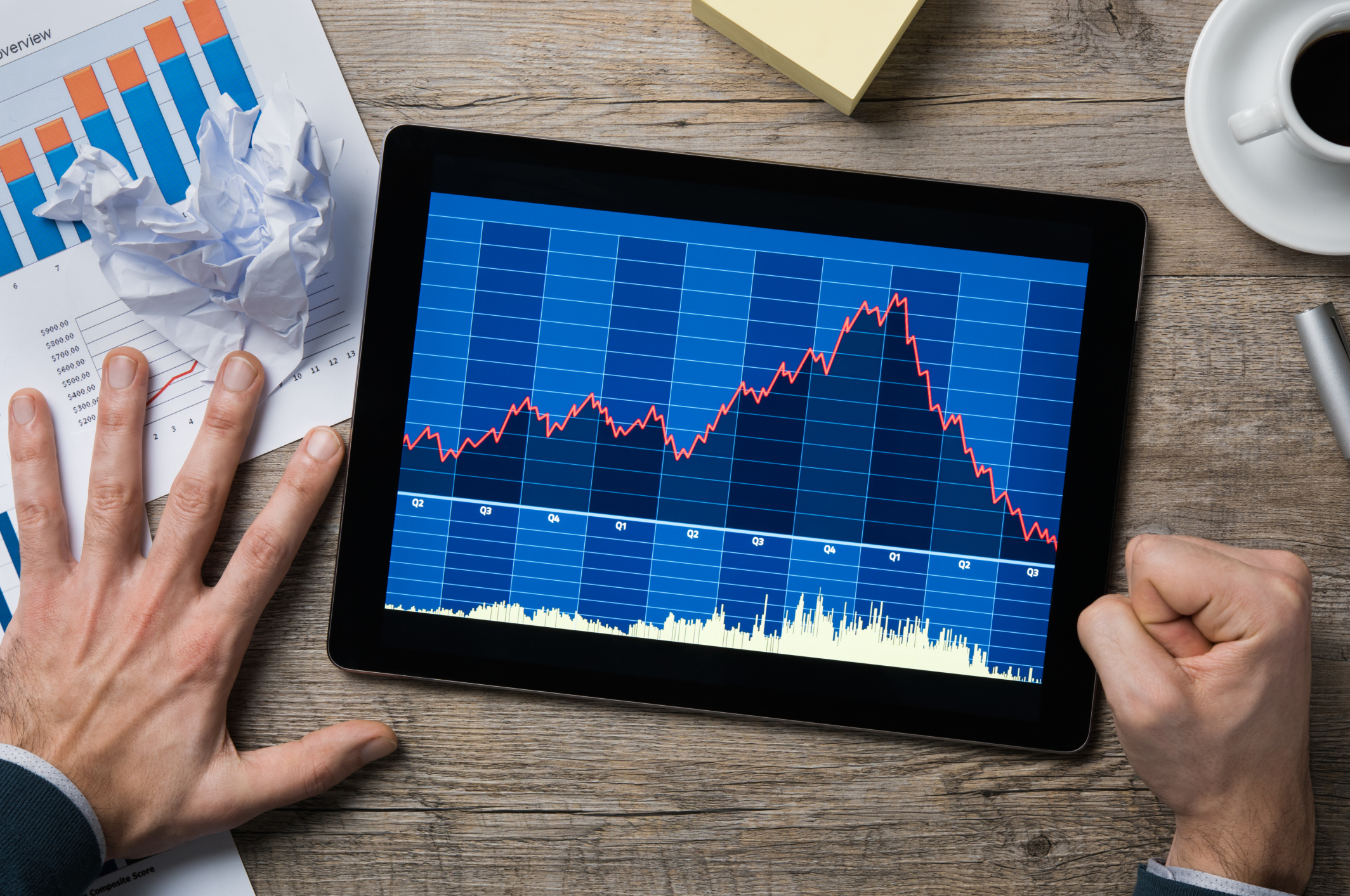Stalwart companies with consistent earnings, such as Walmart, are rarely evaluated using the P/S ratio. Amazon (AMZN -1.79%) has a history of inconsistent earnings growth, so despite its massive size, the P/S ratio is a metric investors still prefer to use to evaluate the online retailer.
In August 2025, for example, Amazon's market cap was $2.34 trillion. Its fiscal year 2024 revenue was about $638 billion. Dividing $638 billion into $2.34 trillion resulted in a P/S ratio for Amazon of 3.67.
Investors who wish to compare the P/S ratios of different companies should be careful to only compare P/S ratios of companies with similar business models. Across industries, P/S ratios can vary greatly because sales volumes can vary greatly. Companies in industries with low profit margins typically need to generate high volumes of sales.
Price/book ratio
Another useful metric for valuing a stock or company is the price-to-book ratio. "Price" is the company's stock price and "book" refers to the company's book value per share. A company's book value is equal to its assets minus its liabilities (asset and liability numbers are found on companies' balance sheets). A company's book value per share is simply equal to the company's book value divided by the number of outstanding shares.
A company's price-to-book ratio is only marginally useful for evaluating companies that have asset-light business models, like software tech companies. This metric is more relevant for evaluating asset-heavy businesses, such as banks and other financial institutions.
It's a (value) trap!
A stock can appear cheap, but because of deteriorating business conditions, it actually is not. These types of stocks are known as value traps. A value trap may take the form of the stock of a pharmaceutical company with a valuable patent that soon expires, a cyclical stock at the peak of the cycle, or the stock of a tech company whose once-innovative offering is being commoditized.
